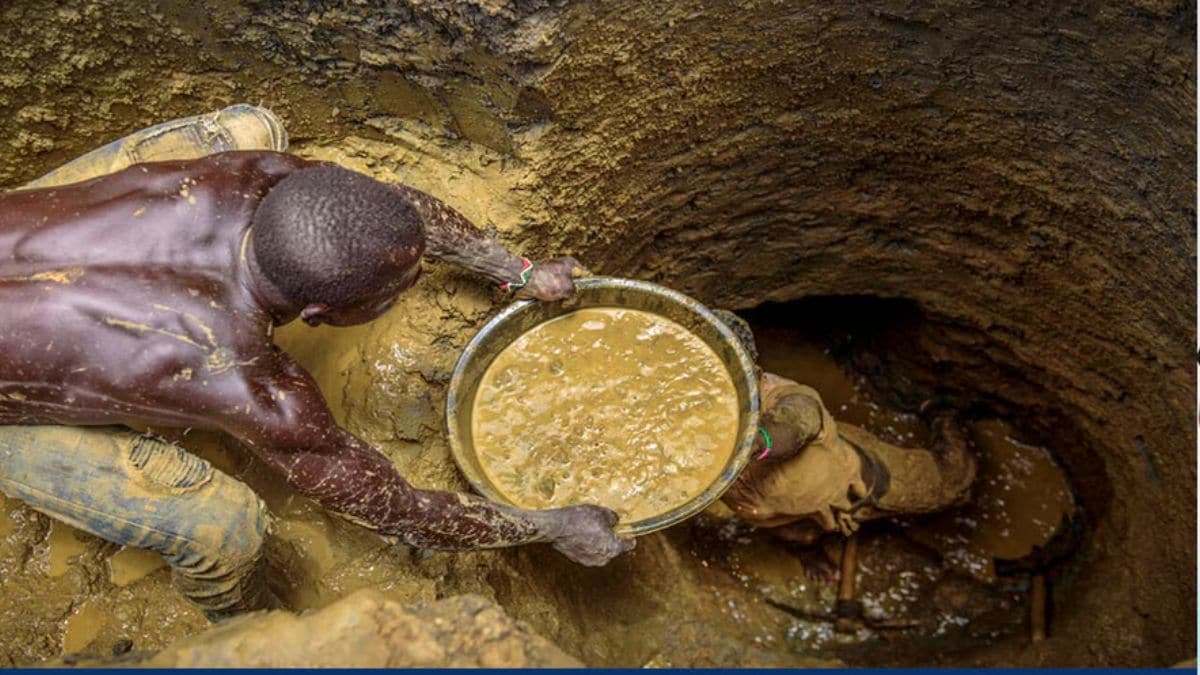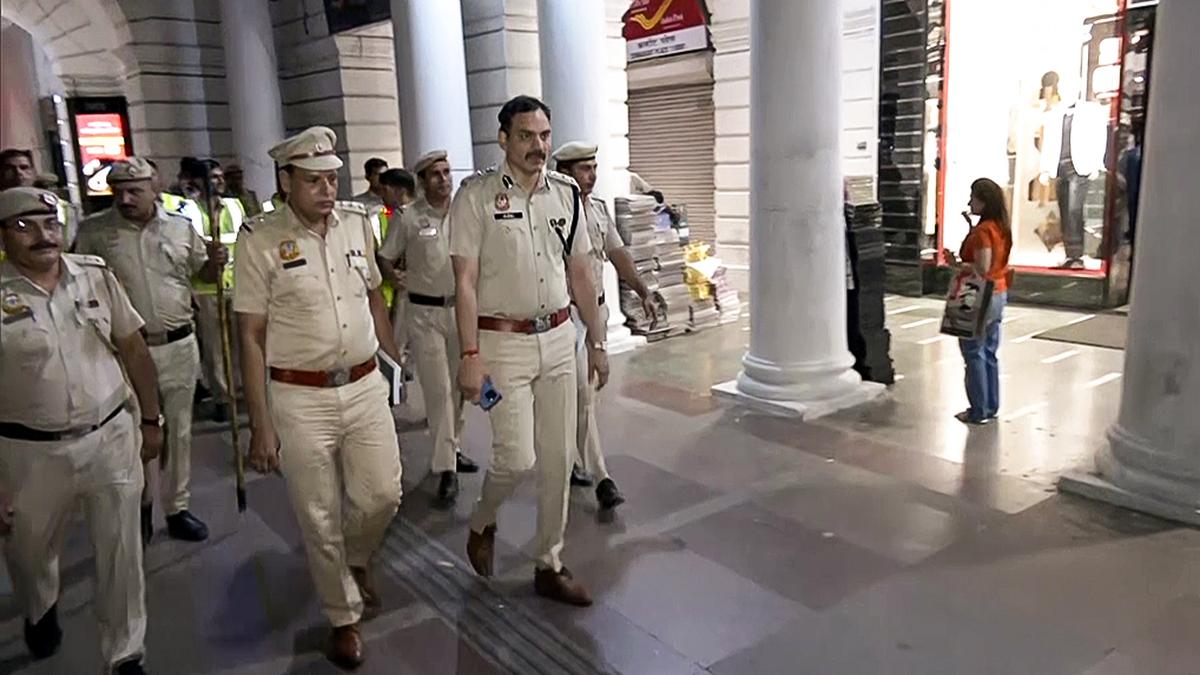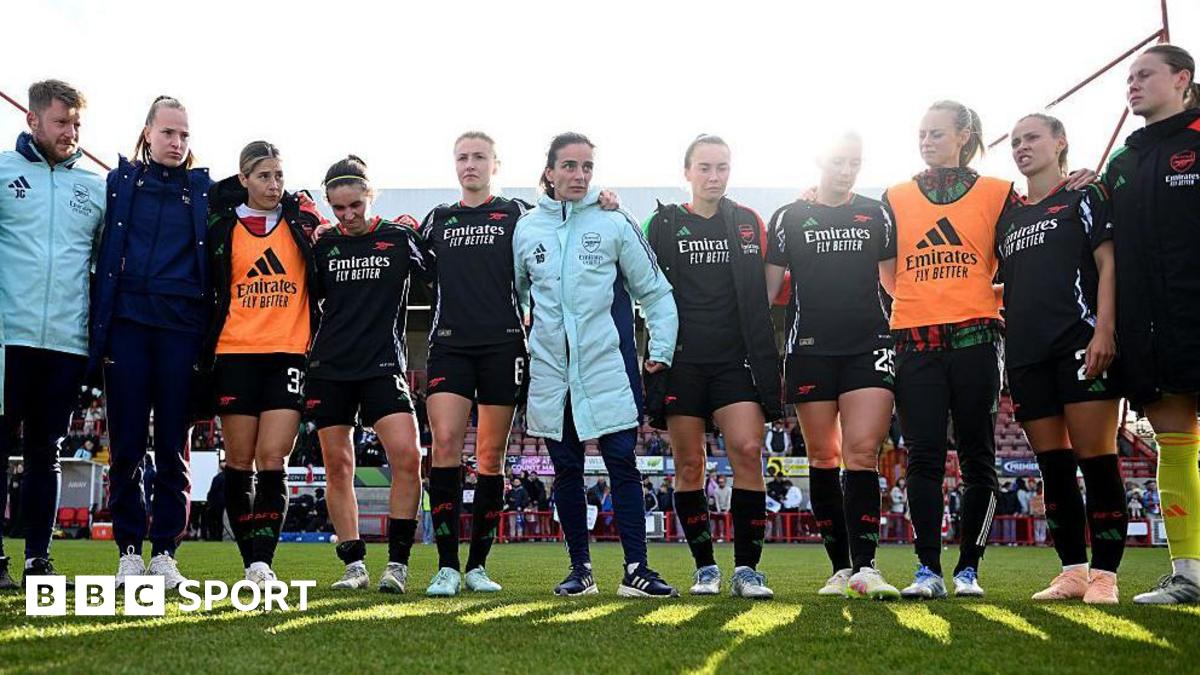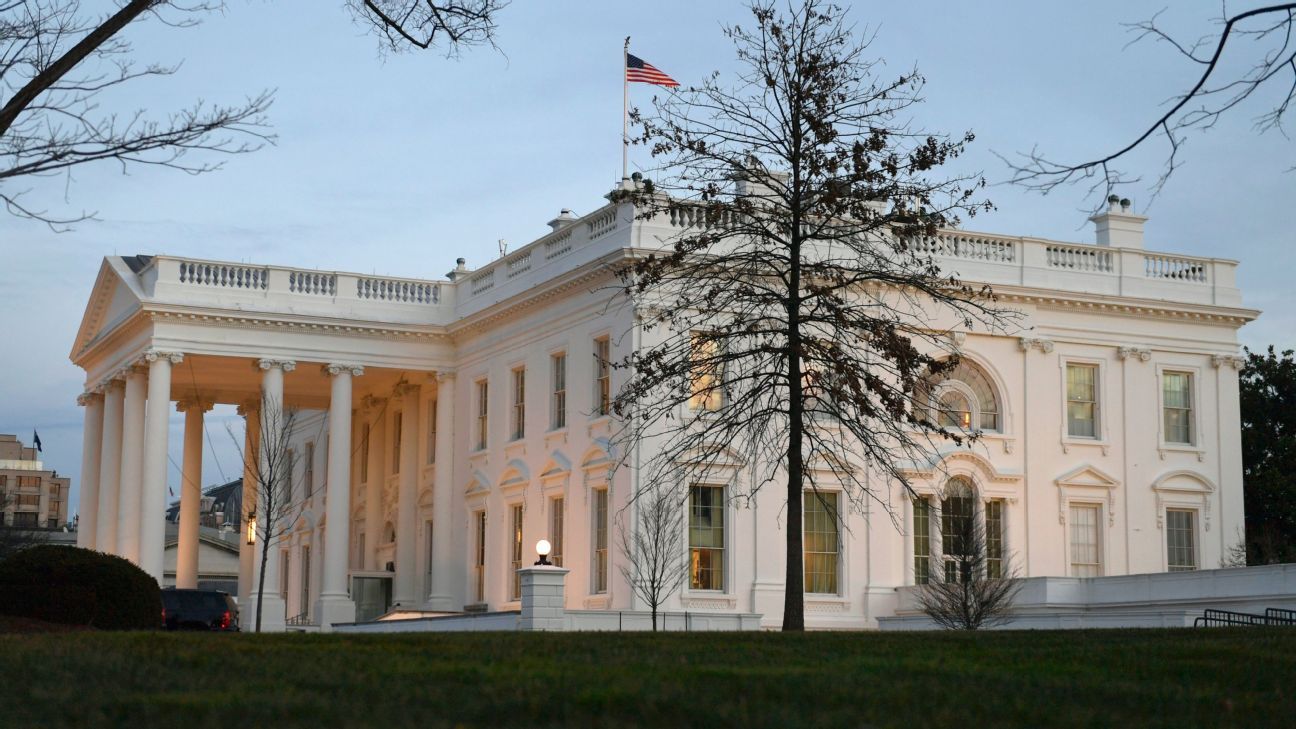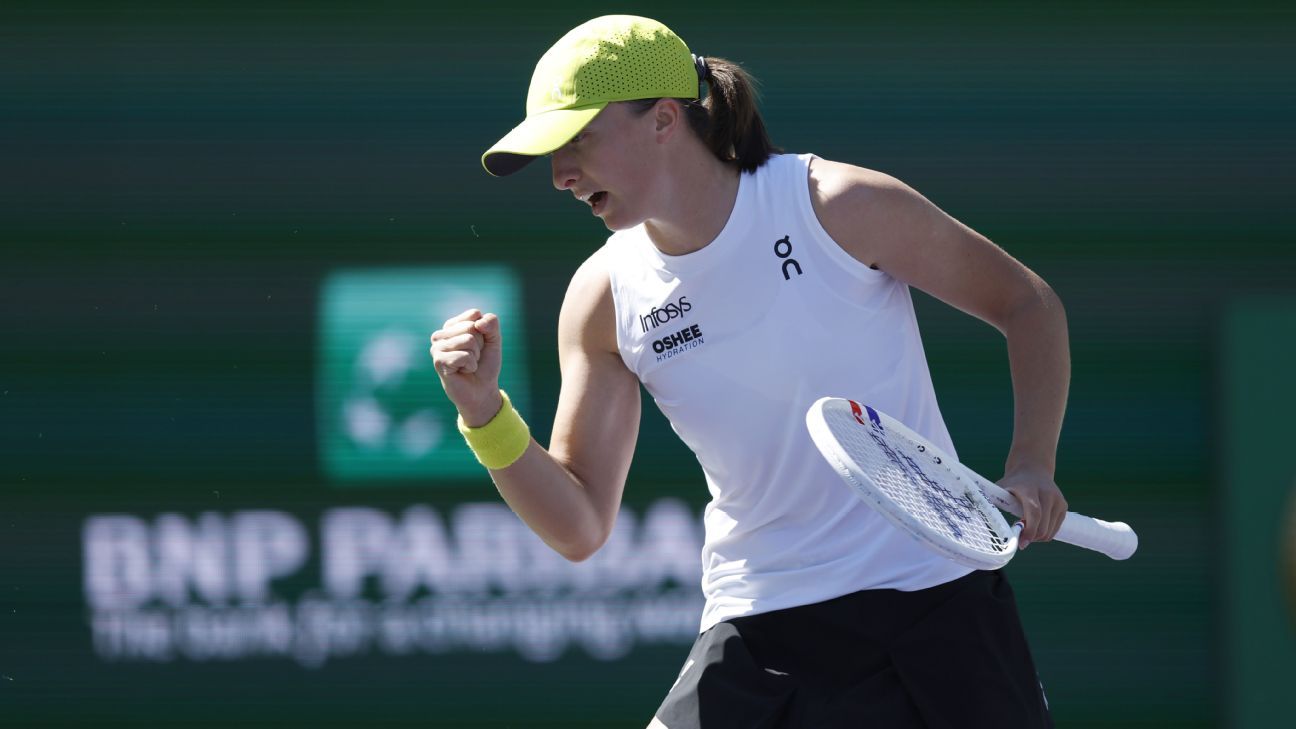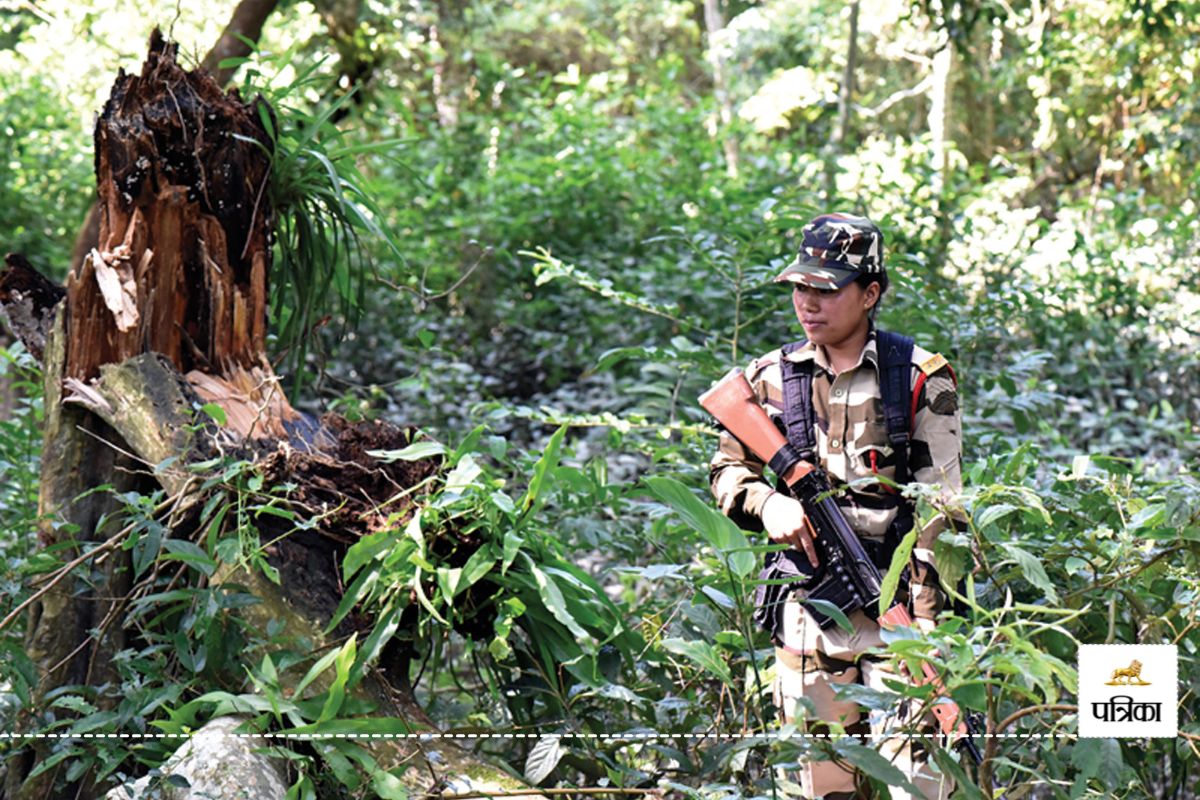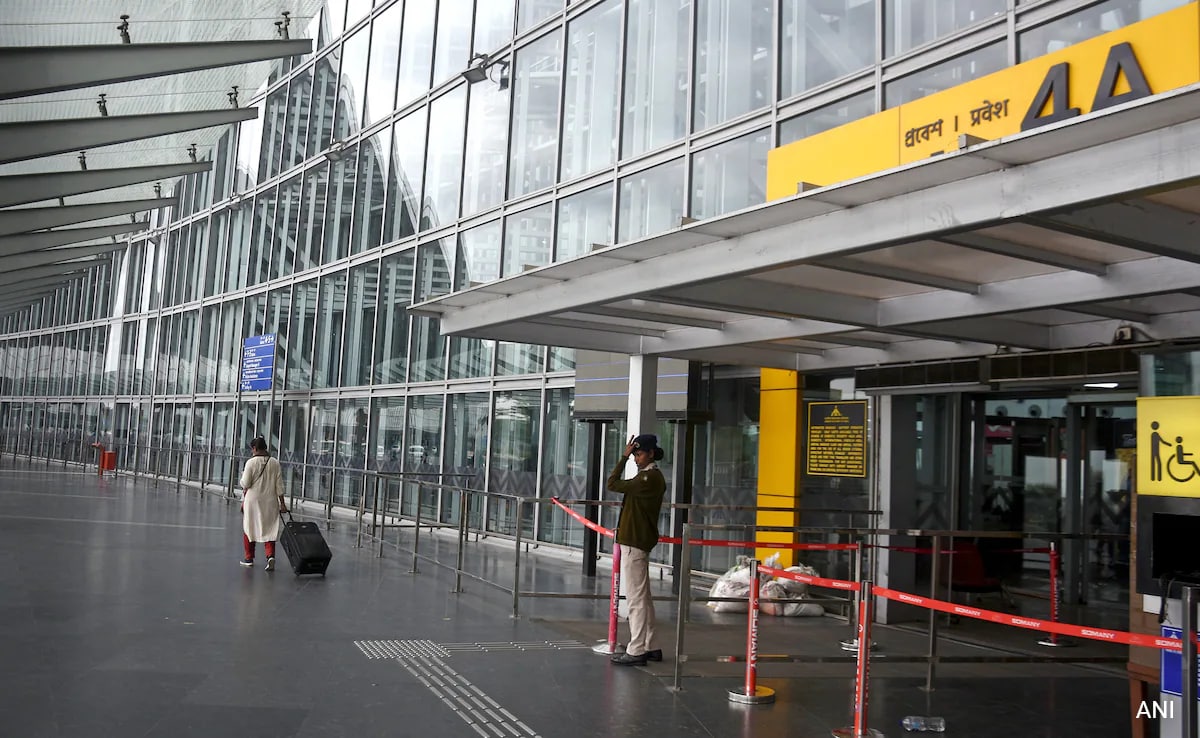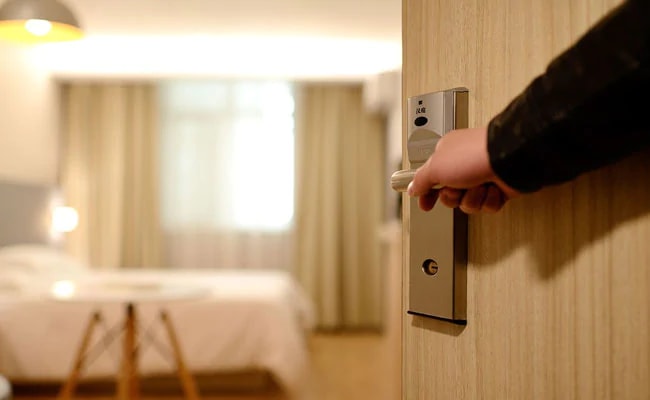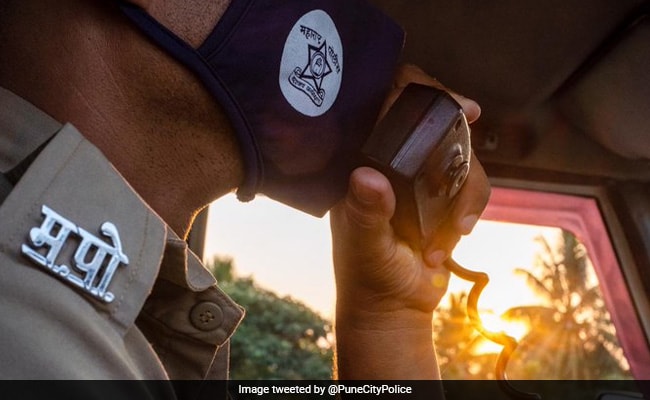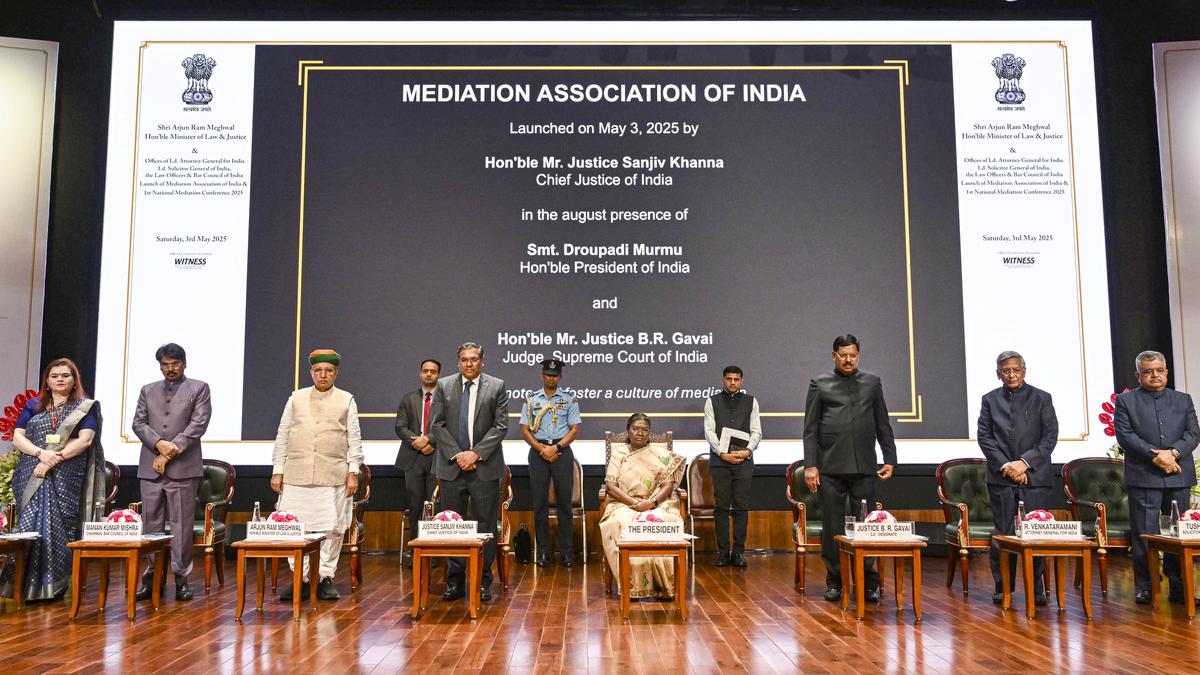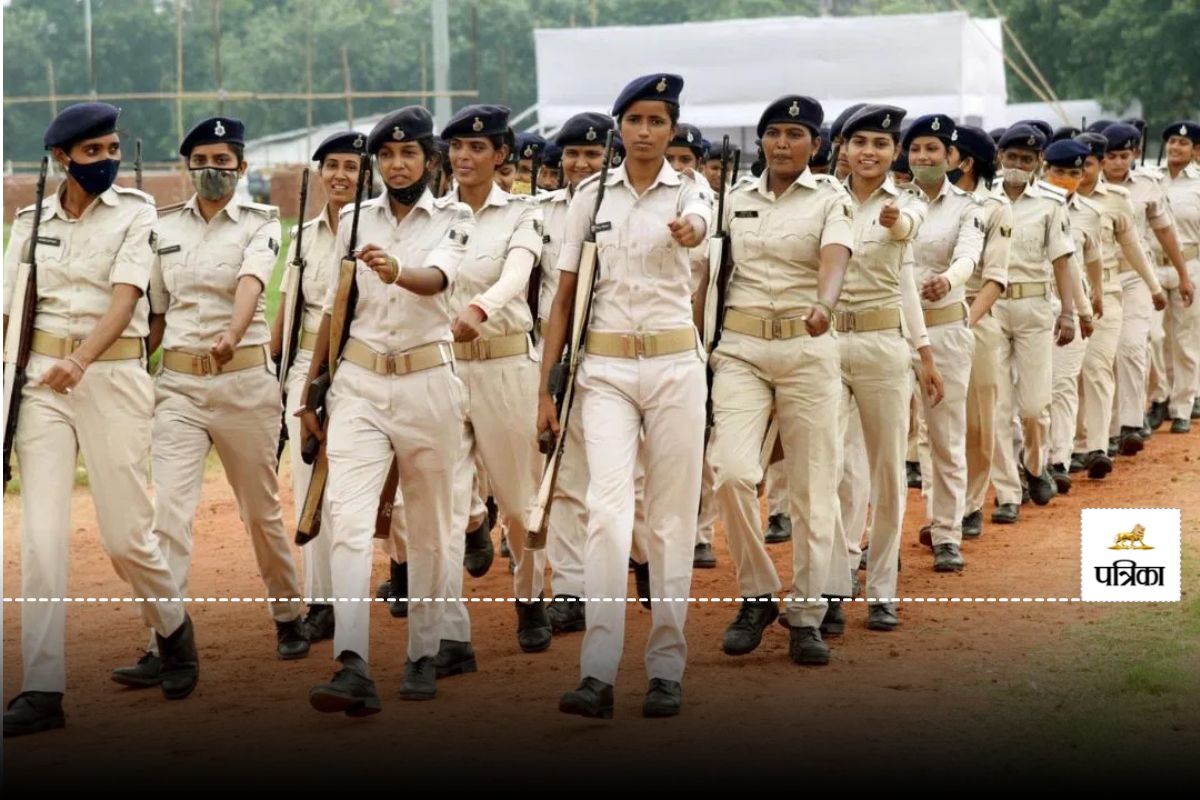6 Things You Didn’t Know About ‘Top Chef’ Restaurant Wars


Even after countless seasons watching ‘Top Chef’, going behind the scenes as an extra gave me new appreciation for the show
A version of this post originally appeared in Stephanie Wu’s newsletter, “From the Editor,” a roundup of the most vital news and stories in the food world. Subscribe now.
Last summer, I received the email of my dreams: an invitation to visit the set of Season 22 of Top Chef in Toronto and participate in the show’s famous “Restaurant Wars” episode. For the uninitiated, as soon as the chef pool gets whittled down to eight, fans and contestants alike know it’s time for the show’s most notorious challenge, where two teams of four have to conceptualize, plan a menu for, and design a restaurant — then execute that concept in a real dinner service — all in 24 hours. It’s fascinating to see how the teams gel (or clash), the way the concepts mirror contemporary trends, and the very real pressures of building a restaurant.
My colleague Bettina Makalintal and I traveled to Toronto as guests of NBC Universal and Destination Canada, where we, along with two other journalists, dined at the vegetable-centric Phlora + Phauna. We ate at the same time as the table of judges, so we could see the chefs in action as they presented their dishes directly to the VIPs.
As a longtime Top Chef fan, I was fascinated by the scale of the production. On a tour of the crew area, we saw snacks and bright blue Saratoga bottles everywhere, a curtained-off area where each dish was getting its beauty shots, and countless handlers making sure everyone was where they needed to be. When it was our turn to enter the restaurant, it truly felt like what I’ve watched on TV — checking in at the host stand, seeing the judges eating but noticing the other tables lacking food, and the slightly frazzled servers trying to figure everything out. We sat down at 5:35 p.m., were told that they were running low on wine, and our first dish came out just after 6. The meal unfolded quickly from there, and my tablemates and I had a blast pretending we were judges and speaking into the centerpiece as if there was a hidden mic inside.
Mild spoilers follow for the “Restaurant Wars” episode of Top Chef: Destination Canada.
After watching the episode, I felt validated at how much my thoughts lined up with the judges’ opinions — I too thought that the desserts at Phlora + Phauna outshined the savory courses. The judges were much more effusive in their praise, either because they are used to removing some of the typical biases when it comes to judging the contestants’ food, or because a tad more care was given to their dishes.
/cdn.vox-cdn.com/uploads/chorus_asset/file/25979643/PXL_20240913_212539319.jpg) Stephanie Wu/Eater
Stephanie Wu/Eater
Here are six other things I learned on my set visit — a dream come true for this Top Chef fan.
1. Diners aren’t necessarily eating at dinner time.
The diners were split into two seatings, with the first group arriving around 1:30 p.m. to dine at 3:00, and the second group arriving around 4:15 to dine at roughly 5:30.
2. Judges are told not to spend too much time on temperature.
Given the needs of preparing everything not just for actual diners but also for television production, it’s hard to keep dishes at their intended temperature. This can, however, make it difficult to properly judge some dishes, such as Lana’s trout with pot likker consomme, where the tableside-poured broth was served at an odd room temperature.
3. Don’t expect a full meal.
Perhaps naturally when trying to feed 100 diners, the chefs doled out pretty small portions. I was surprised that our Pithivier (an enclosed pie) was served cut in half, and thought that perhaps they were running out of food toward the end. When the episode aired, I was surprised to see the judges got the same half-portion. Despite the three-course meal, we needed to hit up a local restaurant for a proper dinner after the fact.
4. The judges got a 15-minute break between meals.
I thought there might be more deliberation after the first meal, but it was a short break, including a makeup touch-up, and they were onto the next restaurant for a back-to-back meal.
5. The chefs came out to mingle with guests after service.
Once the last desserts were served, the contestants shuffled out to chat — perhaps because Judges’ Table wasn’t happening on the same day and they could relax a bit.
6. You never know what’s going on in the kitchen.
As diners, we judged the restaurant at face value — looking at the decor, the balance of the menu, and the taste of the food. It wasn’t until I watched the episode that I learned how executive chef Tristen Epps, after receiving the news that his father had passed, chose to cook through the challenge to honor his family. As he acknowledged at Judges’ Table, it was a “hard cook” and “staying on was hard all day.” It’s a good reminder of the dedication that can go into cooking a meal, and that what we experience in real life is only ever a small part of the full picture.



